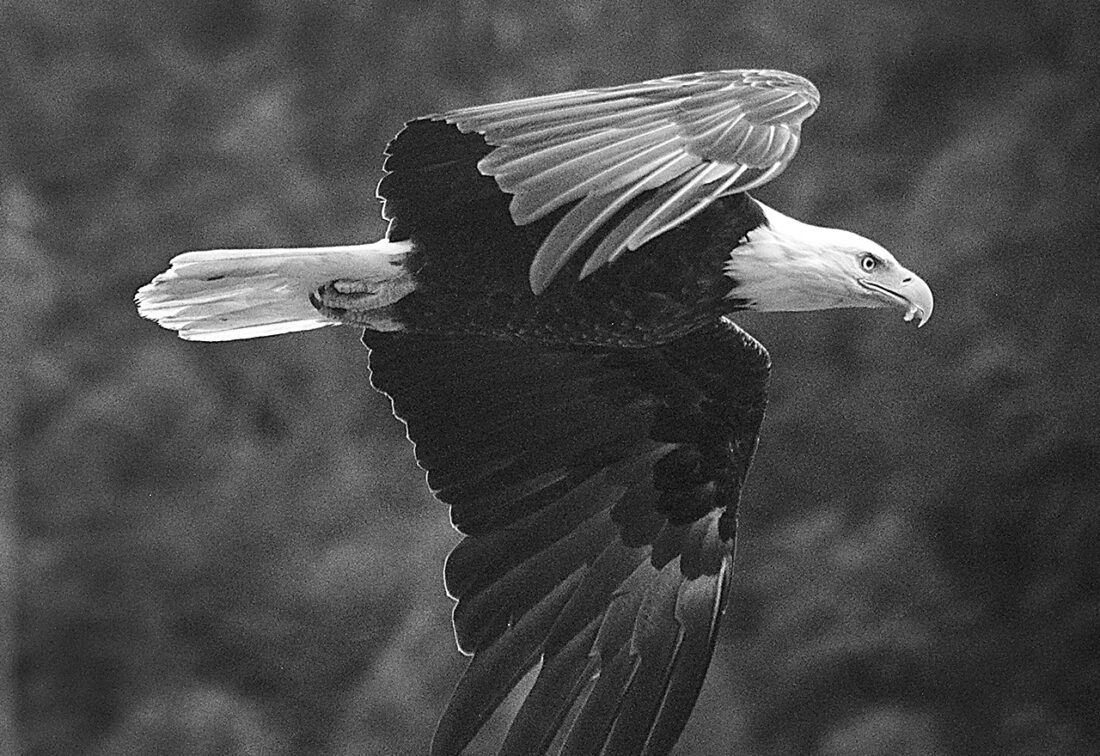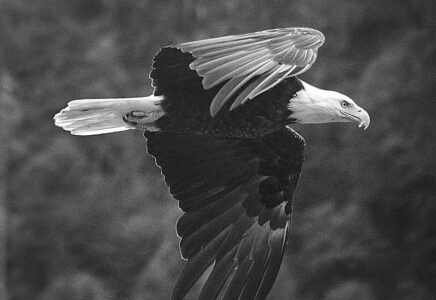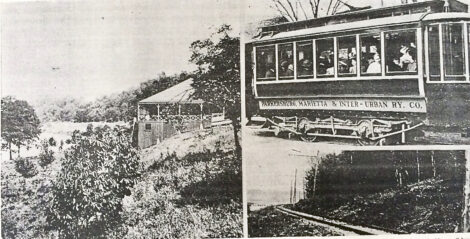Bald Eagles are a national symbol we can all enjoy
- (Photo by Art Smith) A bald eagle heads toward a mountain stream and a lunch of salmon a few months ago near Ketchikan, Alaska.

(Photo by Art Smith) A bald eagle heads toward a mountain stream and a lunch of salmon a few months ago near Ketchikan, Alaska.
It used to be extremely rare to spot a bald eagle along the area rivers. That has changed. The majestic symbol of America, and our national bird, are now common along area waterways.
When I rowed crew for Marietta High School in the late 1970s one of our favorite practice routes was up the Muskingum River to Devols Dam.
When we turned around in the choppy water below the spillway we would frequently rest for a little before heading back down river.
Not once did we ever see a bald eagle or any other bird of prey soaring over the area in the hopes of getting a quick meal.
At that time, it was estimated by the Ohio Department of Natural Resources that there were just four nests in the whole state. Today there are more than 840.
A trip on the Muskingum River today would likely yield a different result. Generations of bald eagles have grown up along the river above the dam and it is common to spot adults and their offspring sitting high in the sycamore trees that line the river.
Listen carefully and you might hear their call piercing the quiet solitude that is life along the river.
The birds are not unique to the Muskingum in our area. I’ve seen them along the Ohio River Trail in Parkersburg and along Ohio 7 near Belpre. Sitting in my car in Harmar one day, I saw one through my sunroof about 800 feet directly over Harmar.
I’ve even seen one along Ohio 339 between Barlow and Watertown, where apparently the nearby shallow branch of Wolf Creek was enough to lead the bird inland. There are around a dozen nests along the Ohio and its tributaries between the Hannibal dam north of here and the Belleville to the south.
The ODNR website lists just one nest in Washington County, and one each in Noble, Morgan and Athens counties.
Monroe County, according to the site, has four. Ottawa County leads the state with 90 nests. I know of at least two nests in Wood County near Parkersburg.
They are common along the larger West Virginia rivers such as the Ohio and New rivers.
Even though bald eagles have long been a symbol of our country, in the 1970s it was a struggle for the birds to survive here.
The bird is an opportunistic feeder and when the pesticide DDT got into its food supply, mainly fish, their numbers plummeted.
They began to recover after DDT was banned and legislation such as the Endangered Species Act made it illegal to hunt or disturb the birds.
In 1995 its status was moved from the endangered list to the list of those species that were merely threatened. It was removed from that list in 2007.
In 2024 they were finally named the “official” bird of the United States, something that most of the 335 million people who live here likely thought it already was.
Bald eagles can be found throughout the United States and are very common in the Pacific Northwest.
I shot the photo on this page near Ketchikan, Alaska, in late July.
The bird was as common there as cardinals are here. At one point I saw four sitting in one tree.
It is still a treat when you come across a bald eagle in the wild.
If you do so, remember they are shy birds, so keep your distance.
The ODNR recommends 100 yards, which is the length of a football field.
If you get any closer, they are likely to fly away.
When they do so they use a lot of energy to get away from you instead of gathering the food that it needed to be healthy. If you are trying to take a picture of them with your phone, I would recommend putting your phone down and simply enjoy the moment in front of you. Most cell phone cameras are designed to take a picture of your friends, not a wild animal 300 feet away from you.
Art Smith is online manager of The Marietta Times and the Parkersburg News and Sentinel. You can reach him at asmith@newsandsentinel.com



